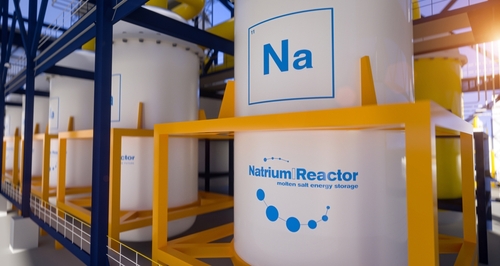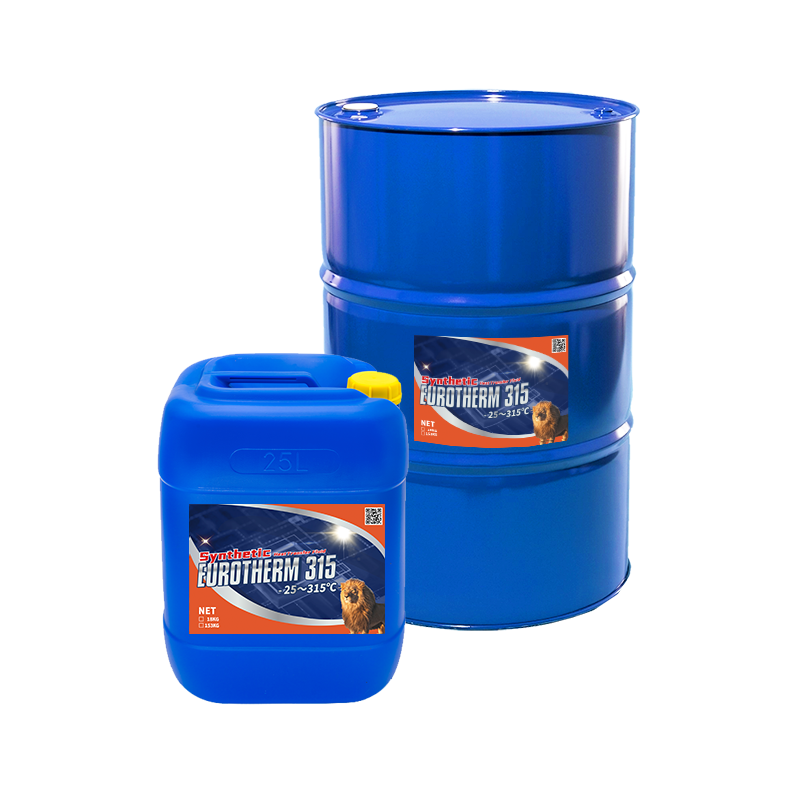Maximize Your System's Lifespan With the Right Heat Transfer Fluid
Picking the appropriate warm transfer liquid is crucial for optimizing system performance and long life. The appropriate fluid not only enhances thermal effectiveness however additionally mitigates potential wear and tear on vital components such as pumps and heat exchangers - heat transfer fluid. Understanding the various sorts of warm transfer fluids and the particular demands of your application can significantly influence the general health and wellness of your system. Yet, lots of ignore crucial variables that can make a significant difference. What considerations might you be missing that could inevitably affect your system's performance?
Value of Heat Transfer Fluids

Moreover, warmth transfer fluids add to the security and integrity of thermal systems. They aid maintain optimal operating temperatures, consequently decreasing the danger of overheating and devices failing. This is specifically critical in environments where accurate temperature control is crucial. Furthermore, the appropriate warmth transfer liquid can give defense versus deterioration and scaling, more expanding the life-span of machinery and facilities.
Sorts Of Heat Transfer Fluids
Numerous sorts of warm transfer fluids are commonly made use of in commercial applications, each tailored to details functional demands and temperature arrays. The most prevalent classifications consist of water, oils, and specialized synthetic fluids.
Water is frequently employed as a result of its superb thermal conductivity and accessibility; nevertheless, its constraints arise at heats and prospective freezing problems. For higher temperature applications, thermal oils, such as mineral oils or natural compounds, are made use of. These oils supply exceptional thermal security and can operate efficiently at elevated temperature levels, making them suitable for procedures like food processing and petrochemical manufacturing.
Synthetic liquids, which can be either inorganic or natural, are designed to fulfill particular efficiency requirements. They often display enhanced properties such as reduced poisoning, broad temperature level ranges, and resistance to oxidation. Instances include esters and glycols, which are perfect for specialized applications like solar thermal systems and warmth exchangers.
Furthermore, refrigerants are made use of in cooling systems, leveraging their phase adjustment homes to release and soak up heat effectively. Each kind of heat transfer fluid offers distinct advantages and is chosen based upon the details demands of the application, guaranteeing ideal efficiency and system longevity.
Elements to Think About When Picking
Selecting the suitable warm transfer liquid entails careful consideration of a number of aspects to make certain optimal performance and system effectiveness. One of the main aspects is the temperature level array needed for the system. Liquids vary in their thermal stability and can break down or lose performance outside details temperature level restrictions.
An additional critical factor to consider is the liquid's thickness, as it impacts pump performance and energy usage. A liquid that is as well thick might impede flow and increase operational prices. Additionally, the liquid's details warm capability plays an important role in determining just how successfully it can transfer heat.
Chemical compatibility with system products is likewise necessary to prevent deterioration, deterioration, or leaks - dielectric cooling fluid. Guaranteeing that the chosen liquid is compatible with the building and construction materials can lengthen the lifespan of the system

Benefits of Correct Fluid Selection
Appropriate option of a heat transfer fluid yields considerable benefits for system efficiency and reliability. The ideal liquid boosts thermal his explanation conductivity, ensuring ideal warm transfer prices within the system. This performance decreases energy consumption, resulting in reduced functional prices and a reduced environmental footprint.
Additionally, ideal liquid selection contributes to system longevity by avoiding rust and deterioration of elements. Liquids developed with deterioration preventions protect steel surface areas, therefore expanding the life-span of pumps, pipelines, and warmth exchangers. In addition, choosing a liquid with appropriate viscosity makes certain effective circulation, which is crucial for maintaining regular temperature level circulation throughout the system.
One more essential benefit is the liquid's thermal security. A steady heat transfer fluid can run over a vast temperature level variety without breaking down or shedding efficiency, which is vital for systems subjected to fluctuating thermal problems. The appropriate fluid can also minimize dangers related to cold or boiling, thus preventing functional disruptions.
Upkeep Tips for Durability
Ensuring the long life of a heat transfer system calls for thorough maintenance methods that complement the advantages of proper liquid selection. Routine evaluations are crucial to determine potential leaks, deterioration, or sediment accumulation that could endanger system efficiency. Develop a routine timetable to evaluate pipeline integrity, links, and fittings, as these areas are usually vulnerable to tear and wear.

Keeping track of fluid levels and high quality is just as critical. Routinely inspect for indications of contamination, such as discoloration or particulate matter, which can suggest deterioration of the warmth transfer liquid. Executing regular liquid analysis can provide understandings right into its chemical residential properties, permitting for timely substitutes this hyperlink when needed.
In addition, preserving optimal operating temperatures is essential. Motivate making use of temperature controls and sensing units to avoid overheating, which can accelerate fluid degradation and damages system parts.
Finally, always stick to the supplier's standards pertaining to fluid replacement periods and upkeep procedures. By committing to these ideal techniques, you can dramatically improve the operational life-span of your warm transfer system, guaranteeing reputable performance and lowering the requirement for costly repairs or early replacements.
Final Thought
To conclude, the option of an ideal warm transfer fluid is critical for improving system efficiency and durability. By understanding the different sorts of liquids and considering vital elements such as thermal conductivity and corrosion resistance, ideal efficiency can be accomplished. Additionally, routine upkeep and assessments play a vital function in maintaining operating conditions. Focusing on these elements makes sure the extended life expectancy of essential elements, inevitably contributing to a more efficient and reputable system.
Heat transfer fluids play a critical duty in various industrial and commercial applications by assisting in the effective transfer of warmth in between surface areas.Additionally, warmth transfer liquids add to the safety and security and integrity of thermal systems. Additionally, the fluid's specific heat capacity plays a vital role in determining how effectively it can transfer heat.
The right fluid enhances thermal conductivity, guaranteeing optimal heat transfer rates within the system. A stable heat transfer liquid can run over a vast temperature level array without damaging down more tips here or losing effectiveness, which is vital for systems exposed to varying thermal conditions.